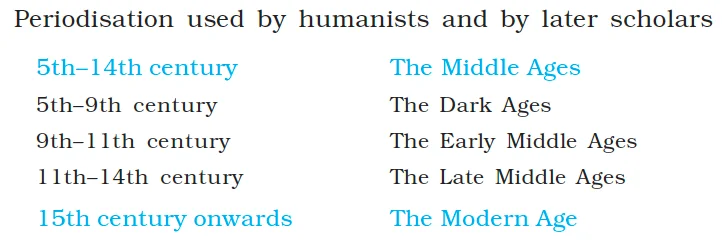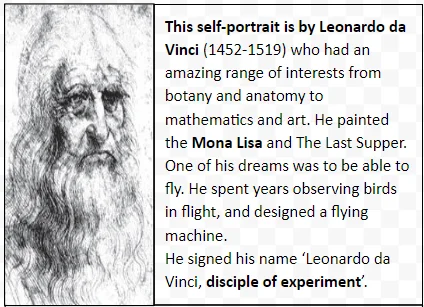![]() 15 Jul 2024
15 Jul 2024
The Renaissance, a period of remarkable cultural and intellectual rebirth, saw Europe turn its gaze towards the classical world. This era challenged the medieval focus on religion with a renewed interest in Greek and Roman thought, art, and architecture. We’ll explore the Humanist perspective on history, their critique of the past, and the scientific, artistic, and architectural advancements that defined this transformative period.
Humanist Mission: Humanists believed they were restoring “true civilization” after what they saw as centuries of darkness following the fall of the Roman Empire.

Limited Dissemination: During the Middle Ages, much of the writings of the Greeks and Romans were known to monks and clergymen but not widely disseminated.
|
Do You Know? The European spelling of these individuals’ names made later generations think they were Europeans |
Spread of Humanist Ideas: Humanist ideas were not limited to formal education but were also disseminated through art, architecture, and books.


| ‘ “Art” is embedded in nature; he who can extract it, has it… Moreover, you may demonstrate much of your work by geometry. The more closely your work abides by life in its form, so much the better will it appear…No man shall ever be able to make a beautiful figure out of his own imagination unless he has well stored his mind by copying from life.’– Albrecht Durer (1471-1528)
|
Revival of Rome and Emergence of Archaeology: In the fifteenth century, the city of Rome experienced a remarkable revival. The political strength of the popes increased after the resolution of the rival popes that had caused weakness since 1378.


Cultural Transmission and Technological Exchange: In the 16th century, while people in other countries had to travel to Italy to see paintings, sculptures, or buildings by renowned artists, the written word from Italy began to travel to other countries, thanks to a significant technological revolution – the mastery of printing technology.
| Must Read | |
| Current Affairs | Editorial Analysis |
| Upsc Notes | Upsc Blogs |
| NCERT Notes | Free Main Answer Writing |
The Humanist movement, emphasizing reason, inquiry, and human potential, laid the foundation for the modern world. The invention of the printing press further fueled this intellectual revolution by enabling the widespread dissemination of knowledge. Artistic innovations, inspired by classical ideals and meticulous observation, continue to resonate today. The Renaissance serves as a powerful reminder of humanity’s capacity for creativity, exploration, and progress.
<div class="new-fform">
</div>